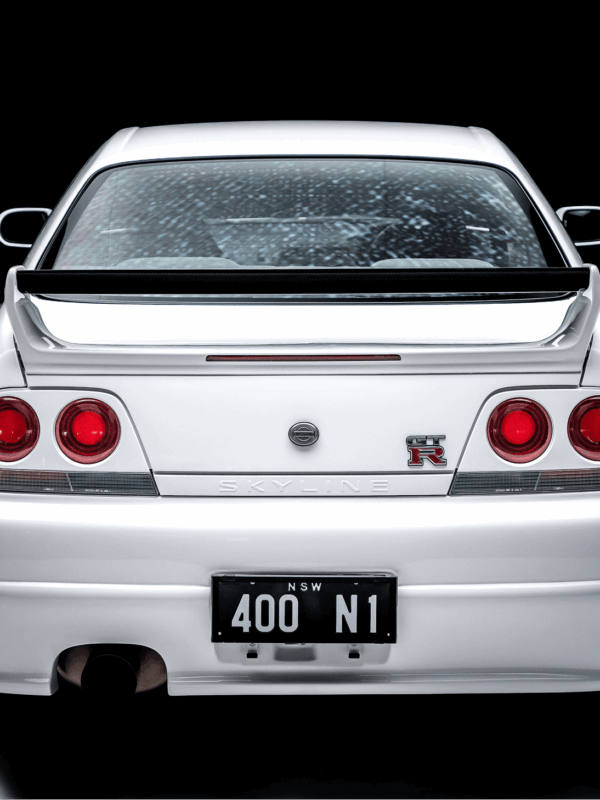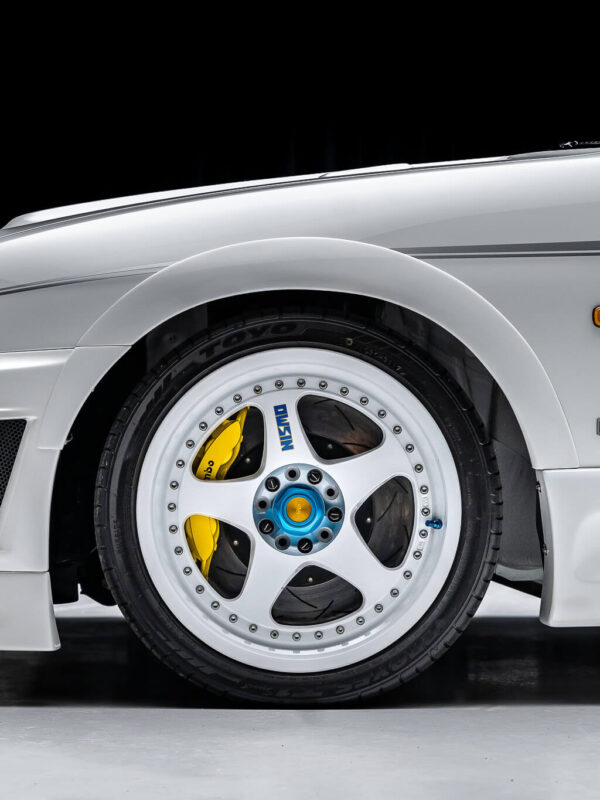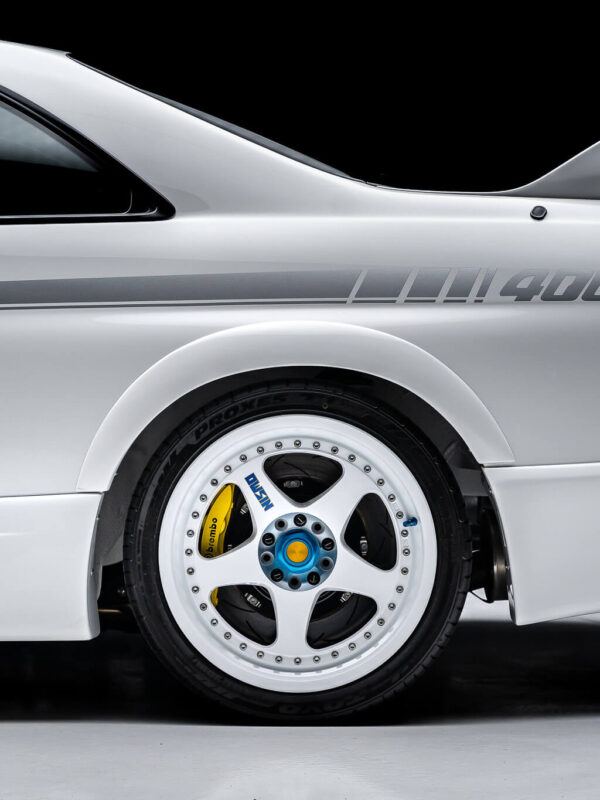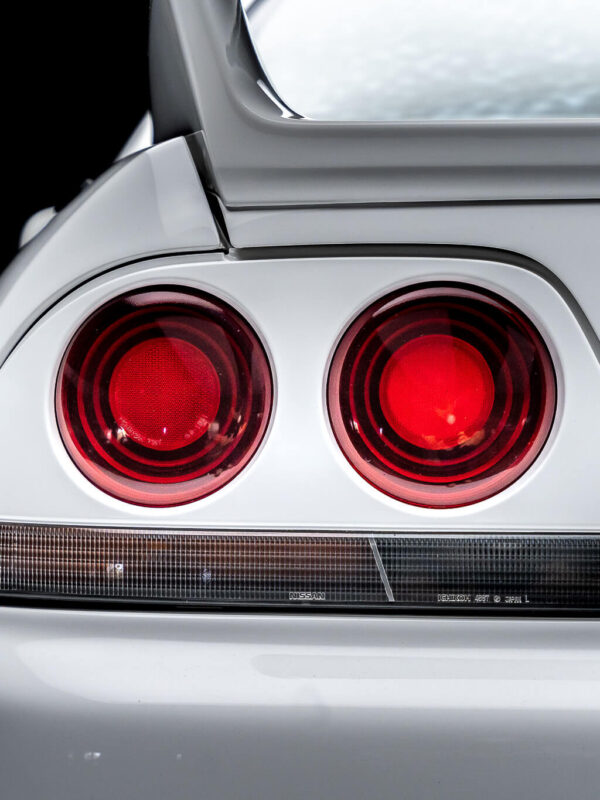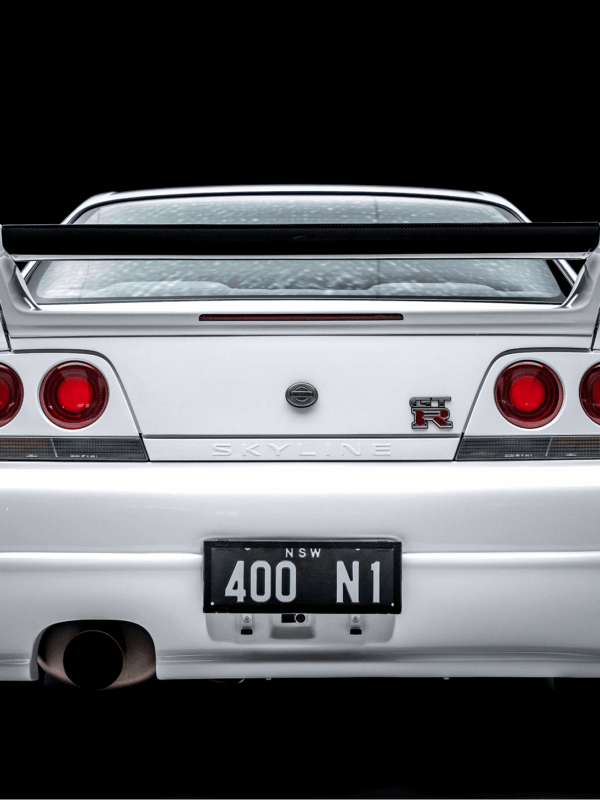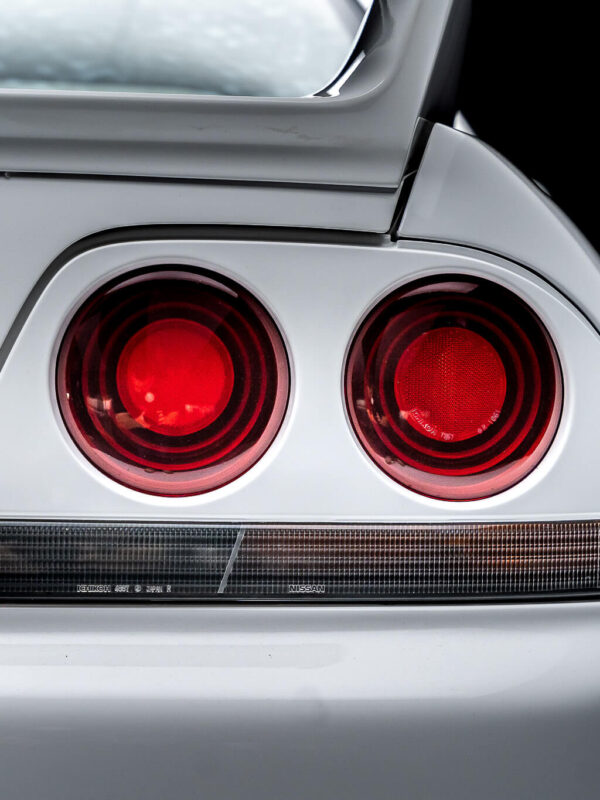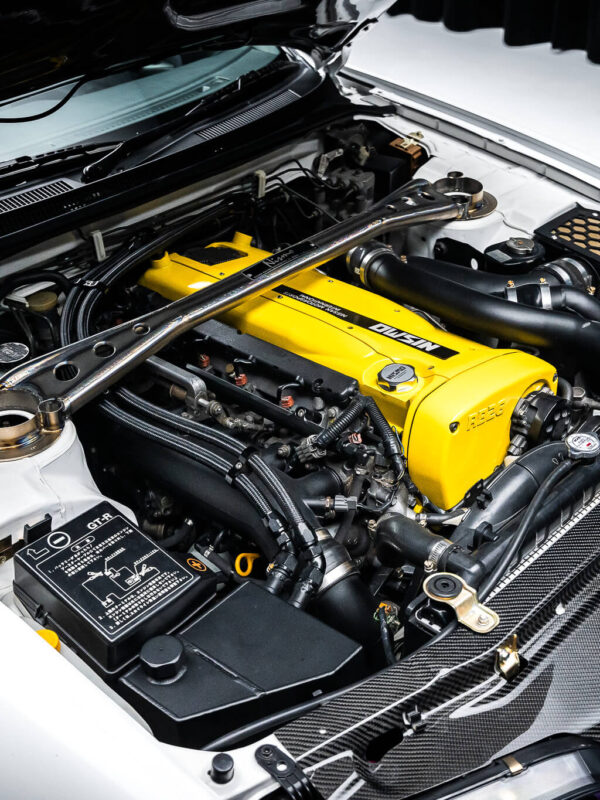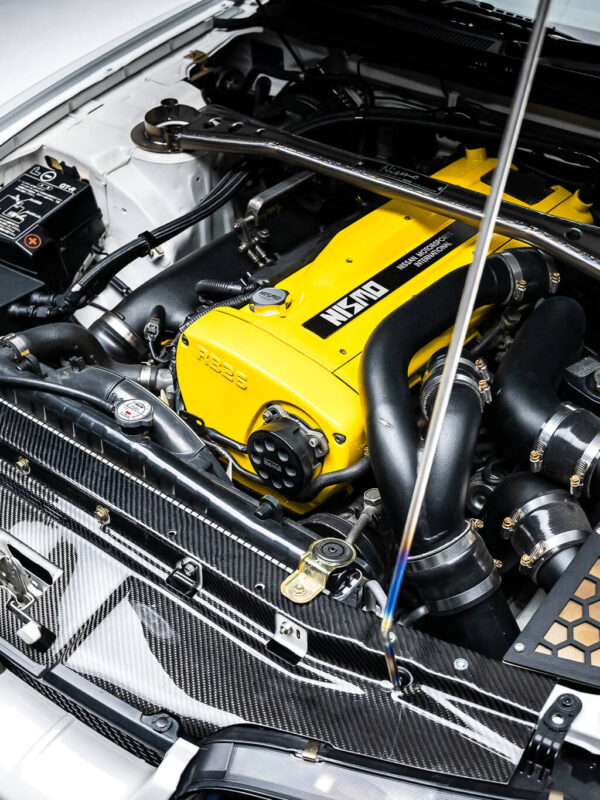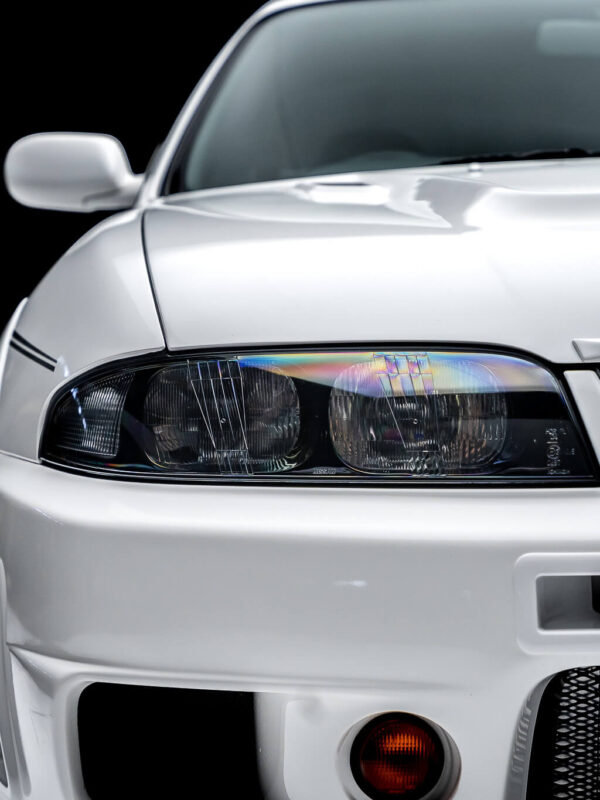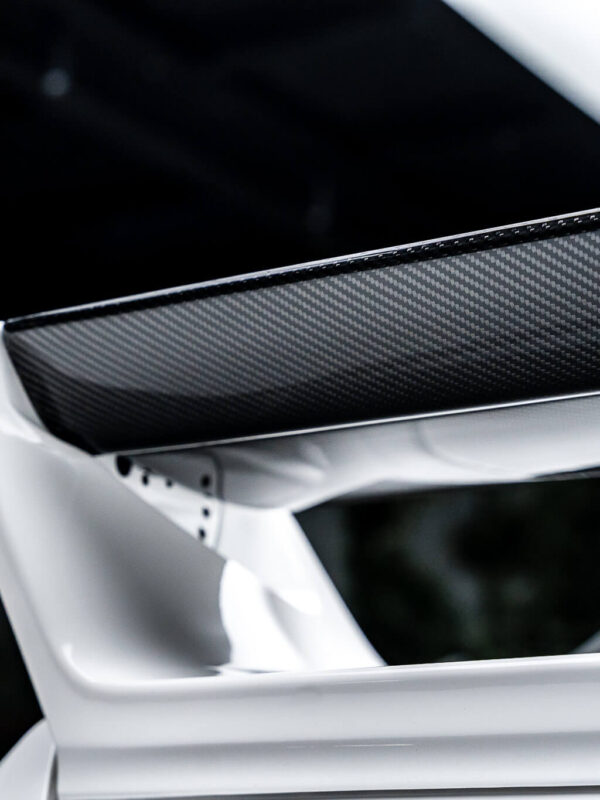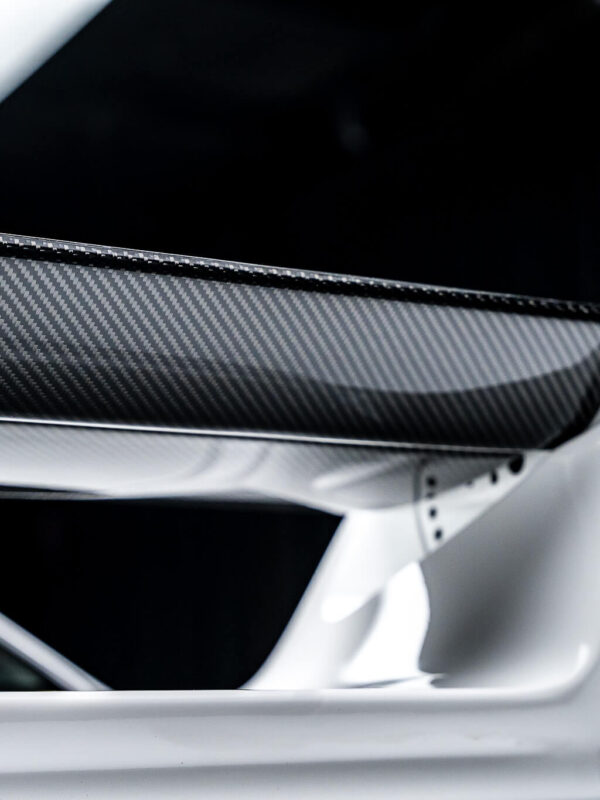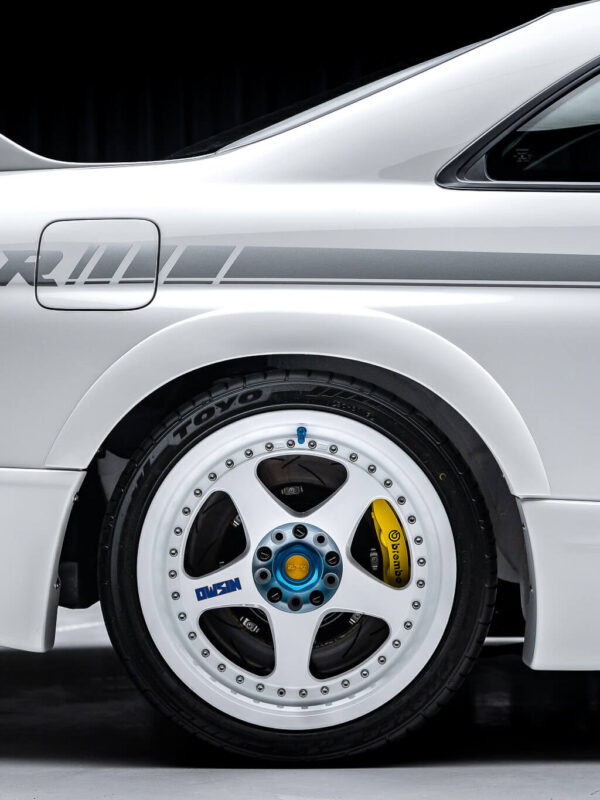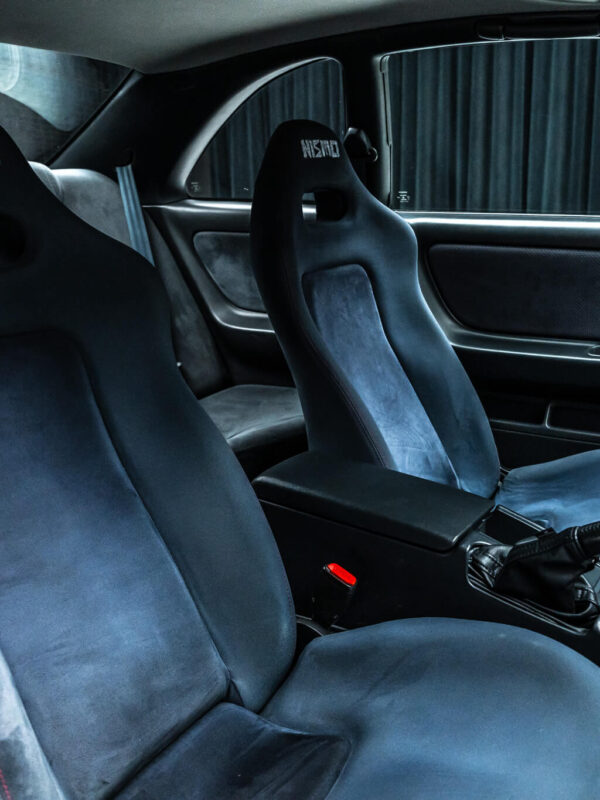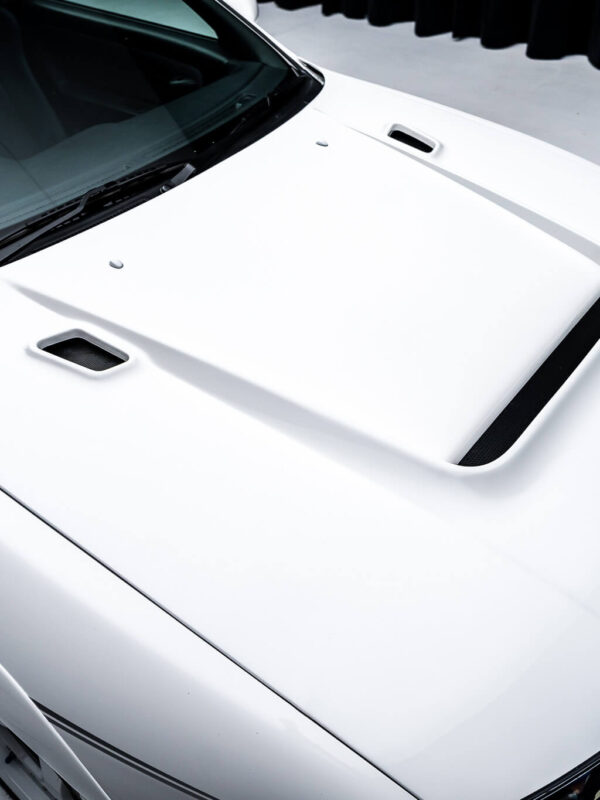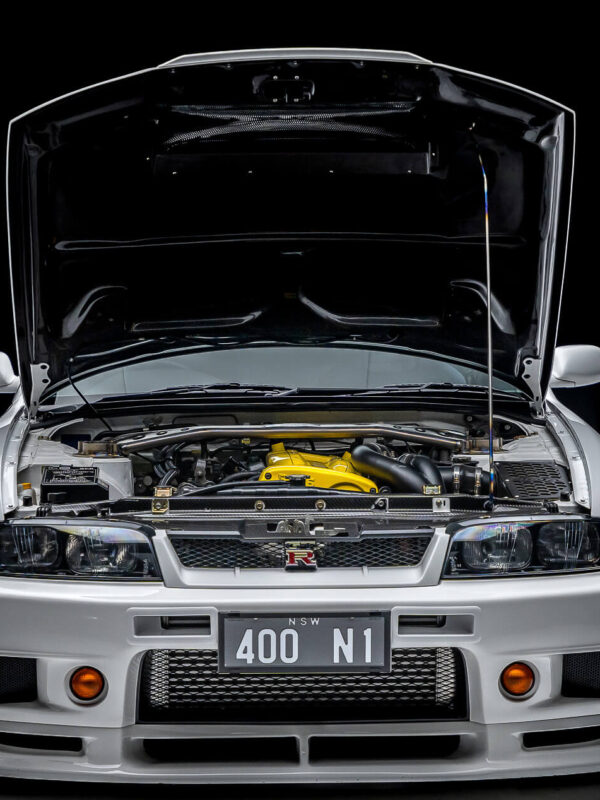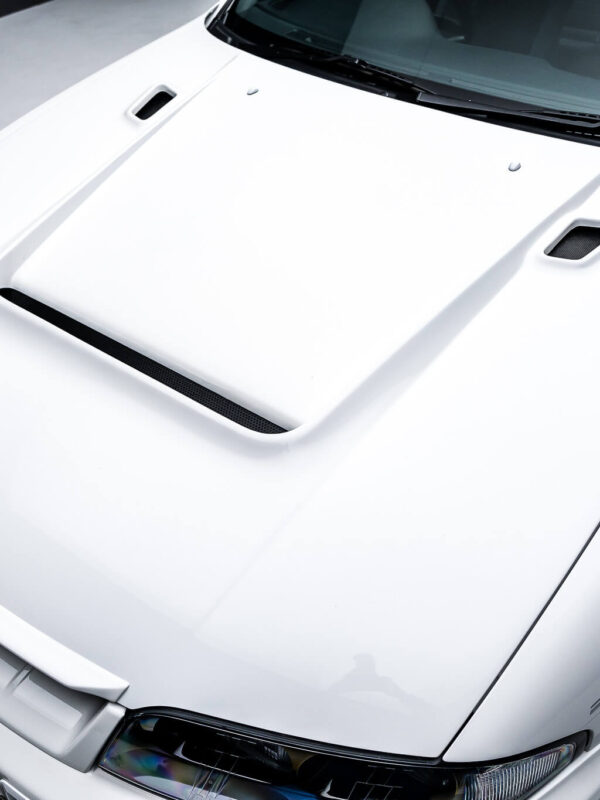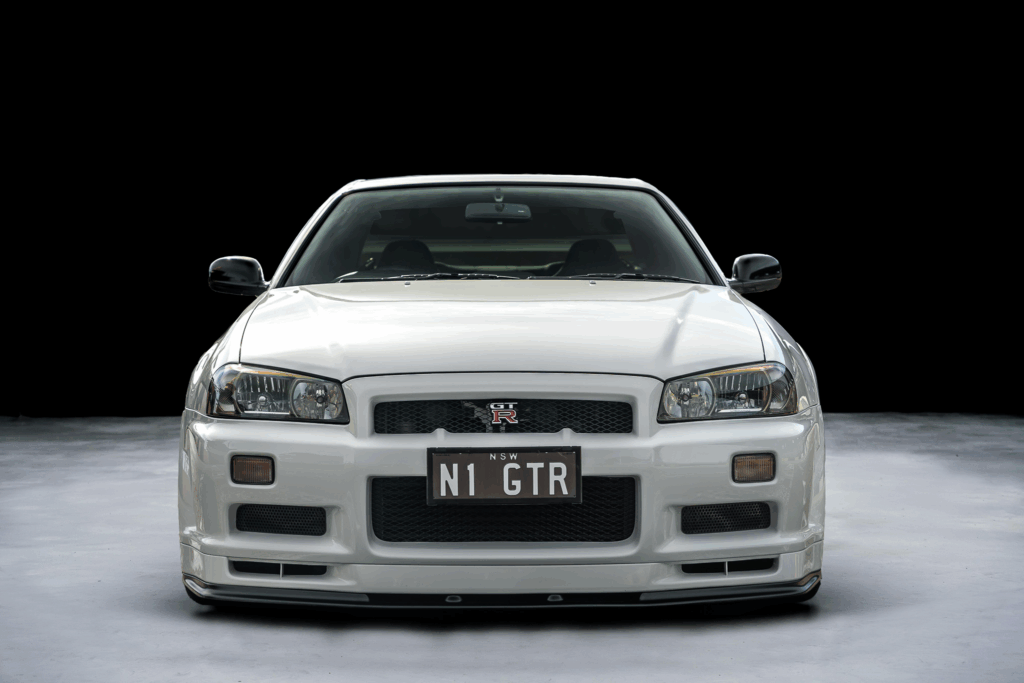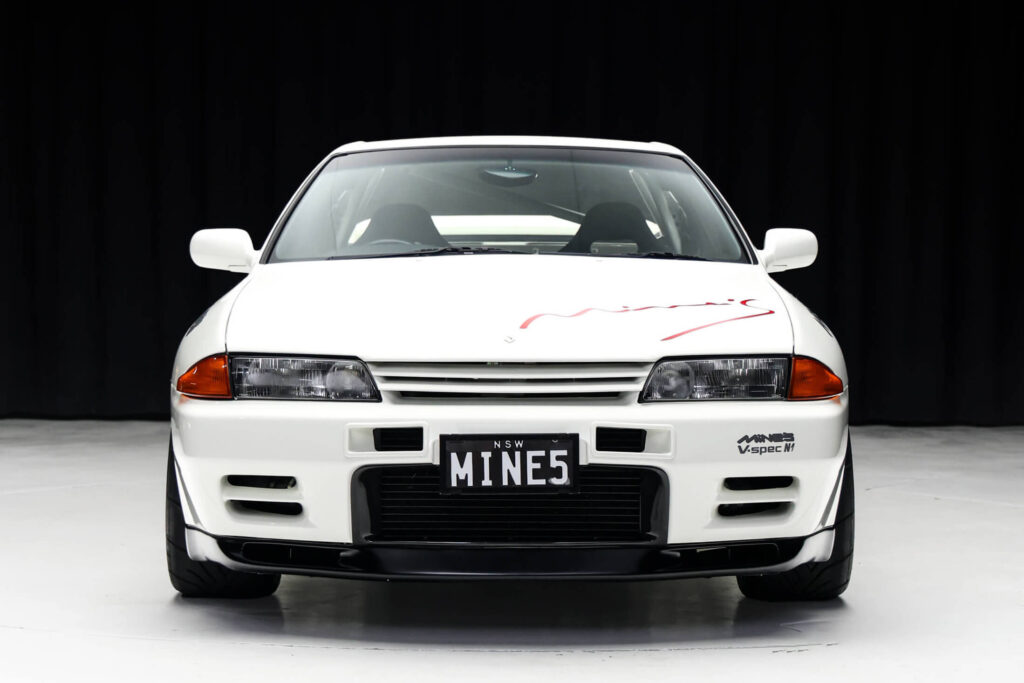A Factory Fantasy, Forged in Reality
If Development One taught Legendary Garage how to honor the past, then Development Two marked the moment the they began shaping the future. This project was not about preservation—it was about completion. About giving life to a car that, while technically never built by Nissan, should have been. A machine that blended two of the rarest and most iconic variants ever created: the R33 GT-R V-spec N1 and the Nismo 400R.
The idea was both reverent and radical. Start with an original R33 GT-R V-spec N1 chassis—factory-built for endurance racing, stripped of comforts and engineered to endure. Then cloak it entirely in authentic Nismo 400R bodywork, right down to the near-mythical carbon-fiber hood, one of the rarest parts ever produced by Nismo. No replicas. No approximations. Every piece factory-correct, provenance-verified.
The result would be a machine that paid tribute not just to the GT-R’s racing heritage, but to a lost lineage. A “what if?” car. The 400 N1 is that answer—Development Two in name, but first in vision.





